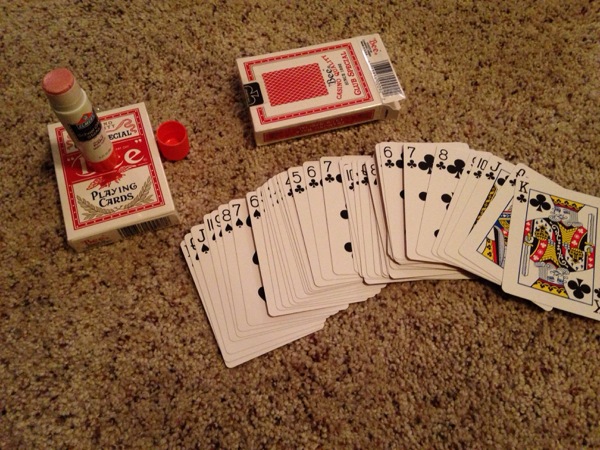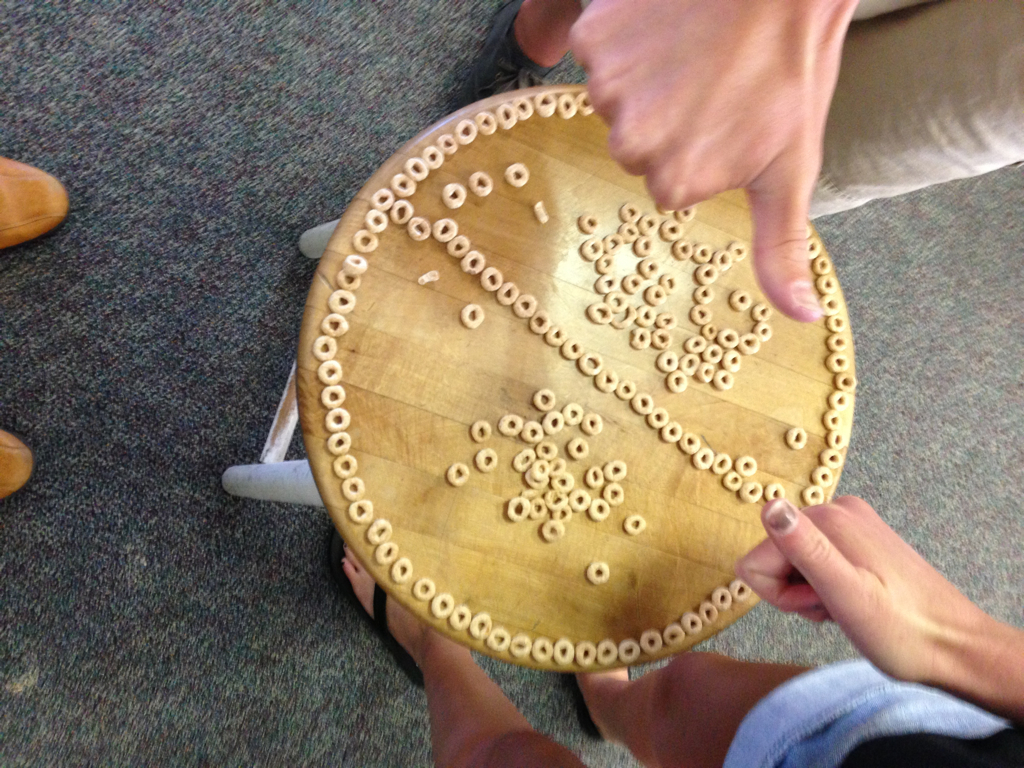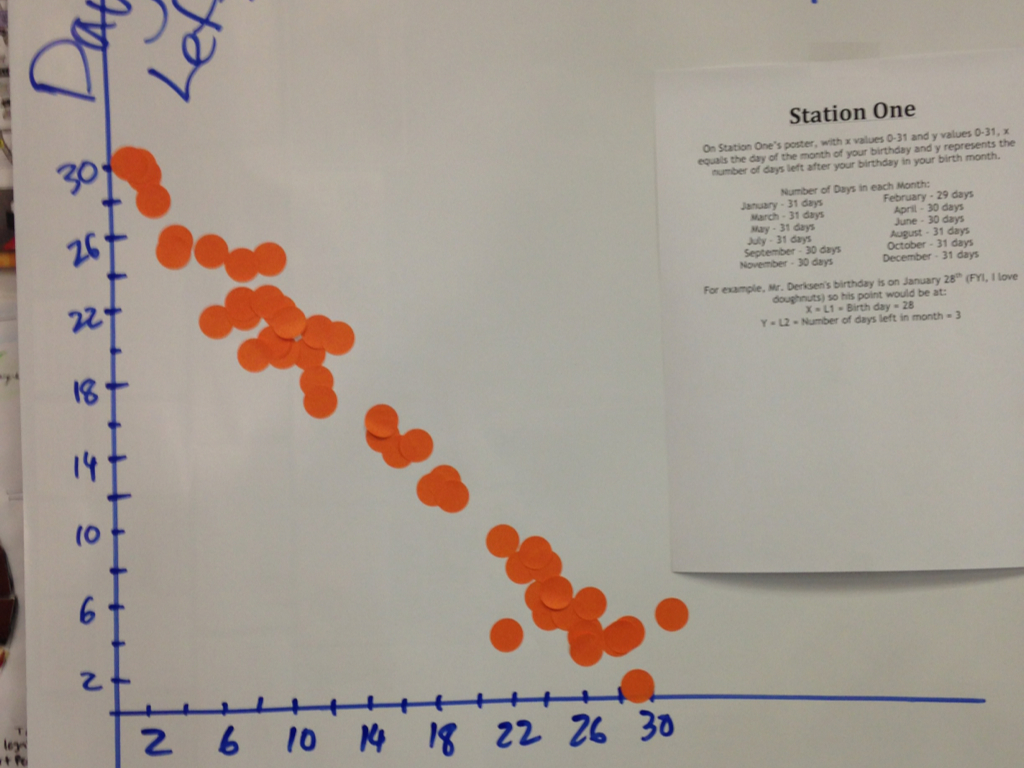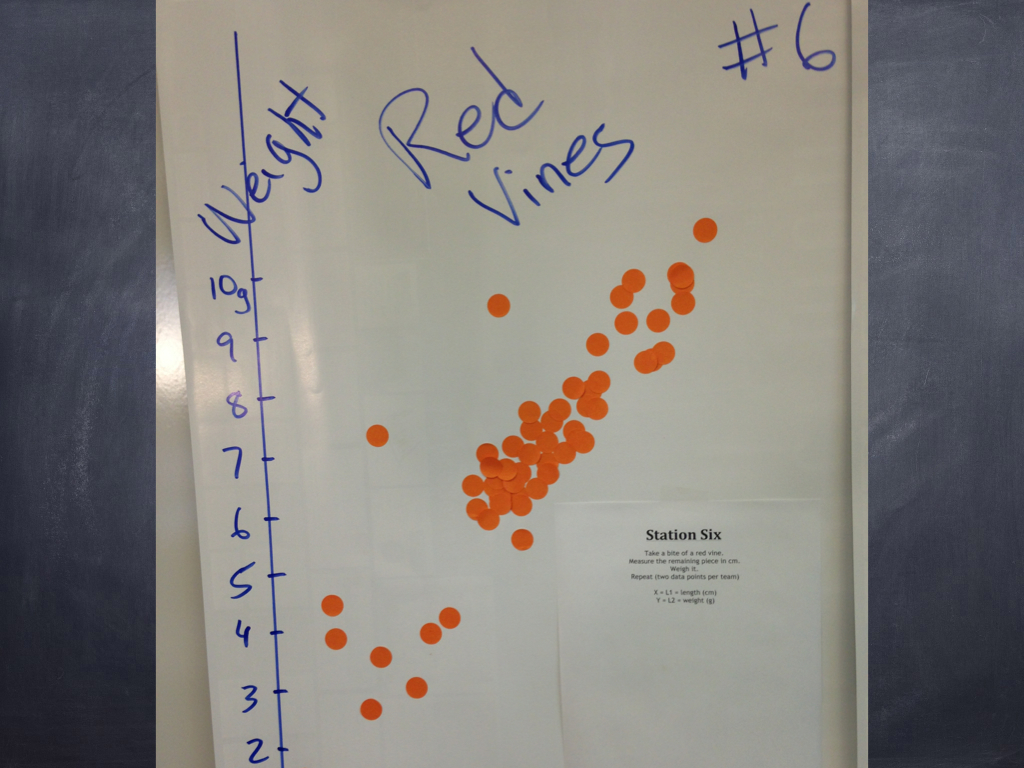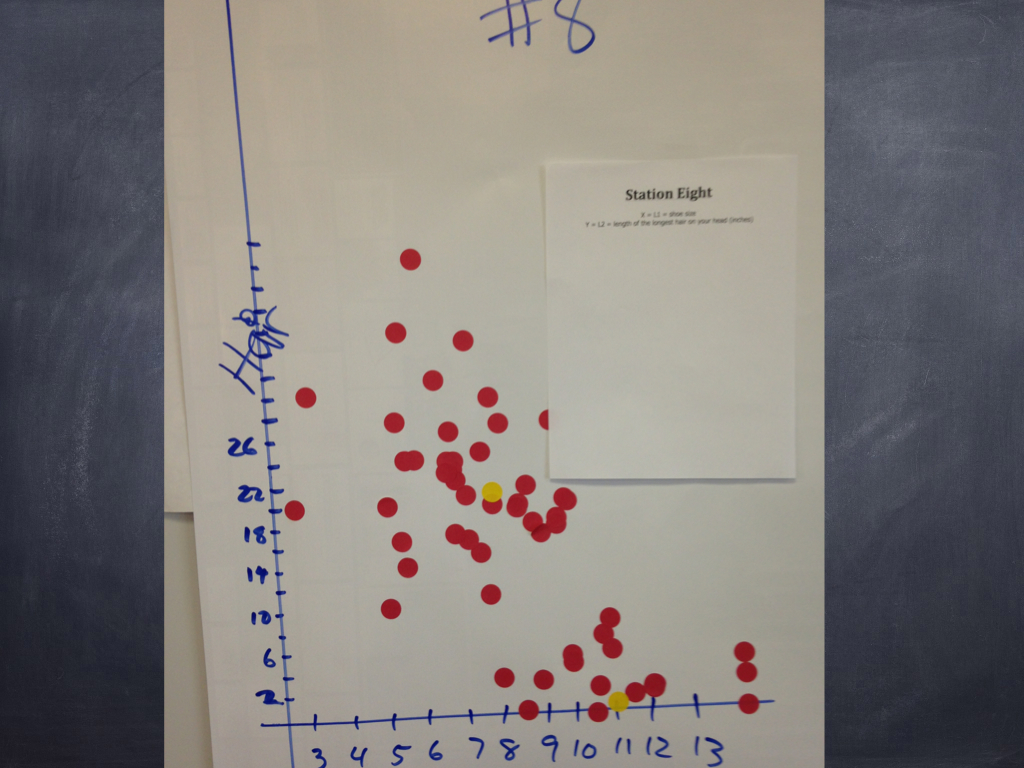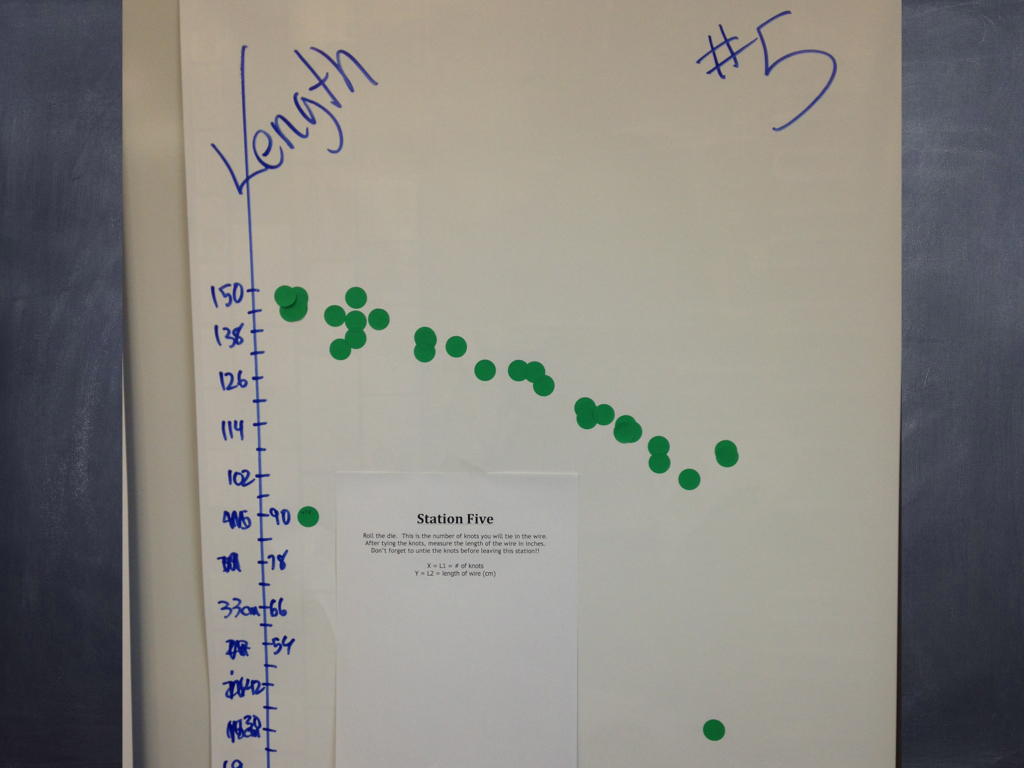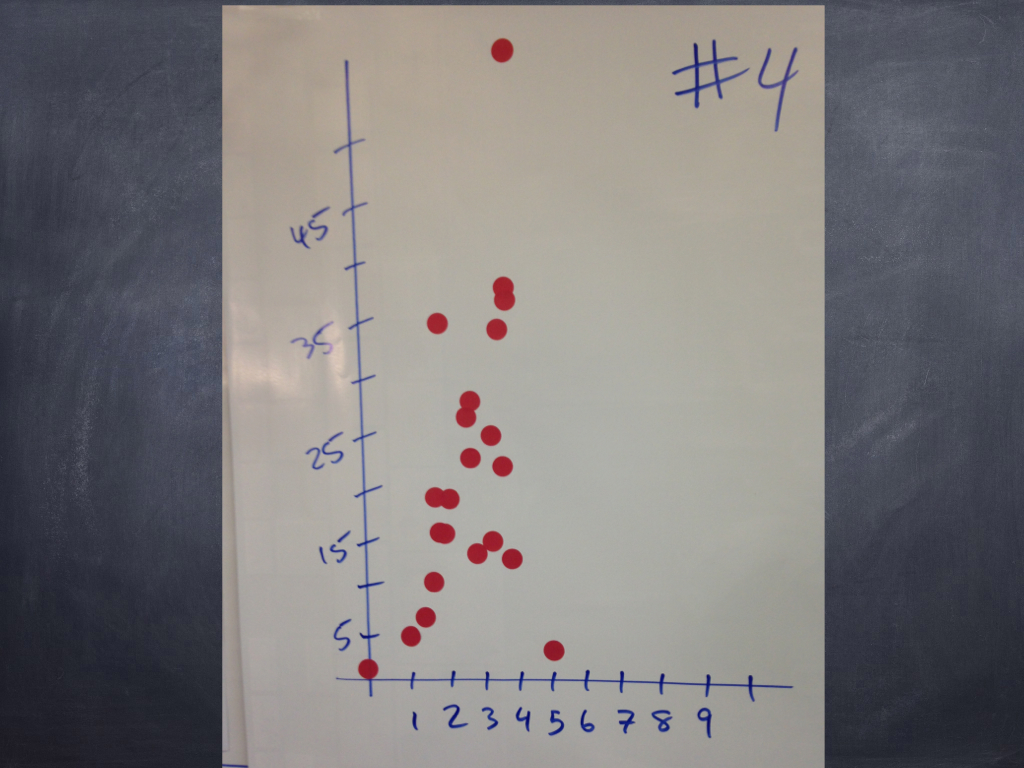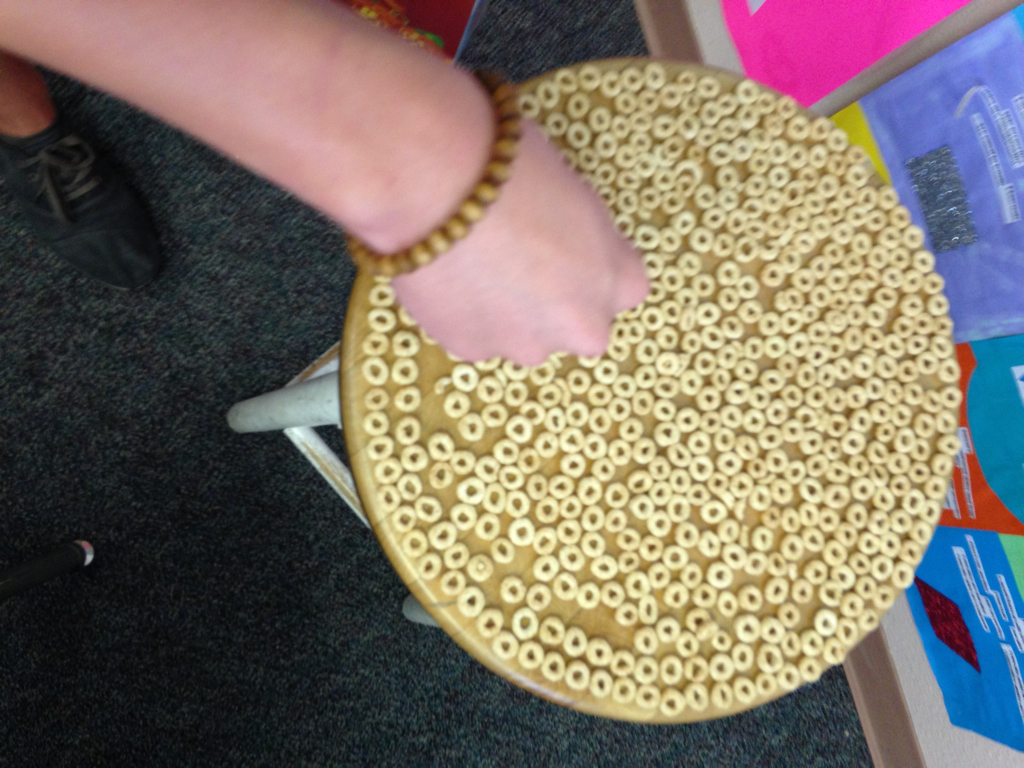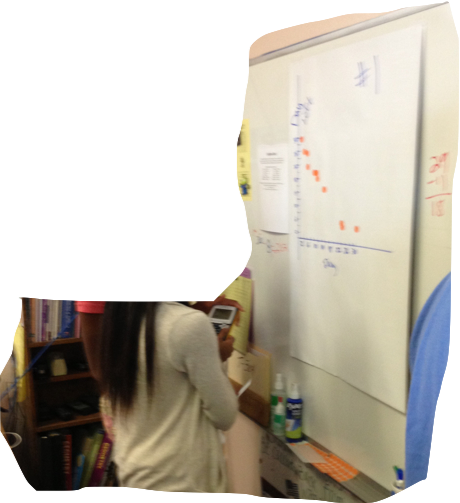To start inference I require two things:
1. "It's not unusual" by Tom Jones
2. My especially prepared deck of cards.
The theme song speaks for itself.
For the cards, I begin with a tale of my upcoming weekend adventures. This year I claimed that I was going to play some poker with my buddies while we watched the Super Bowl. As I'm describing my upcoming gambling exploits, I'm opening up a fresh, sealed deck of cards.
Then comes the hook. I offer to let students draw two cards. If they're both red, they get a nice bit of extra credit (this year plus 2 on their rubric scores!). One red card is a smaller amount of extra credit, but two black cards will result in a small reduction in your grade.
As we've just finished a couple of very challenging assessments (CLT?!), I have plenty of eager students to take the risk. One by one, they draw two black cards. Upon each of these unfortunate incidents, I sadly add their hame to the board with a negative number next to their name.
By the fourth student, there is plenty of clamor to see the whole deck. I belatedly show them the deck--which is all black. I am called many names, I erase the victim's names from the board and pass out a bit of candy to ease their pain.
Now we have an iron-clad example of a super low p-value! 8 black cards in a row is very unusual from a fair deck.
HT: Roxy Peck first showed me this activity. I've modified it slightly.
My prep work. A sharp utility knife opens up the bottom and you can slide out the cards and make an all black deck and an all red. Make sure you buy identical decks!
